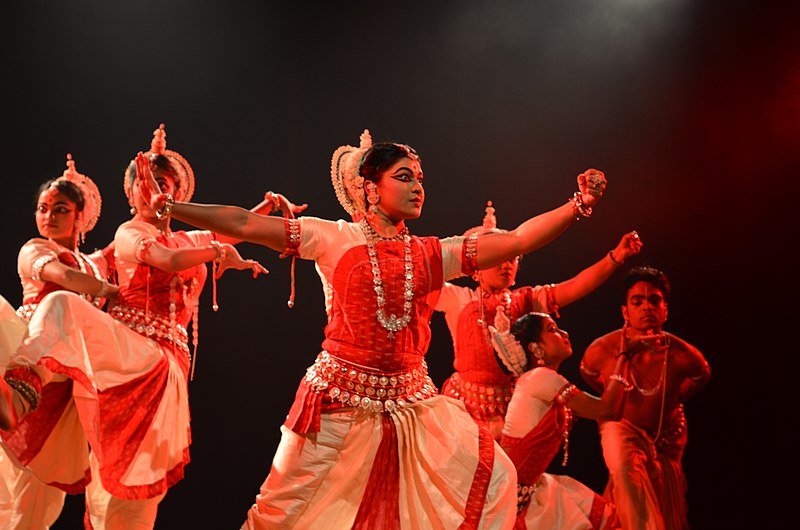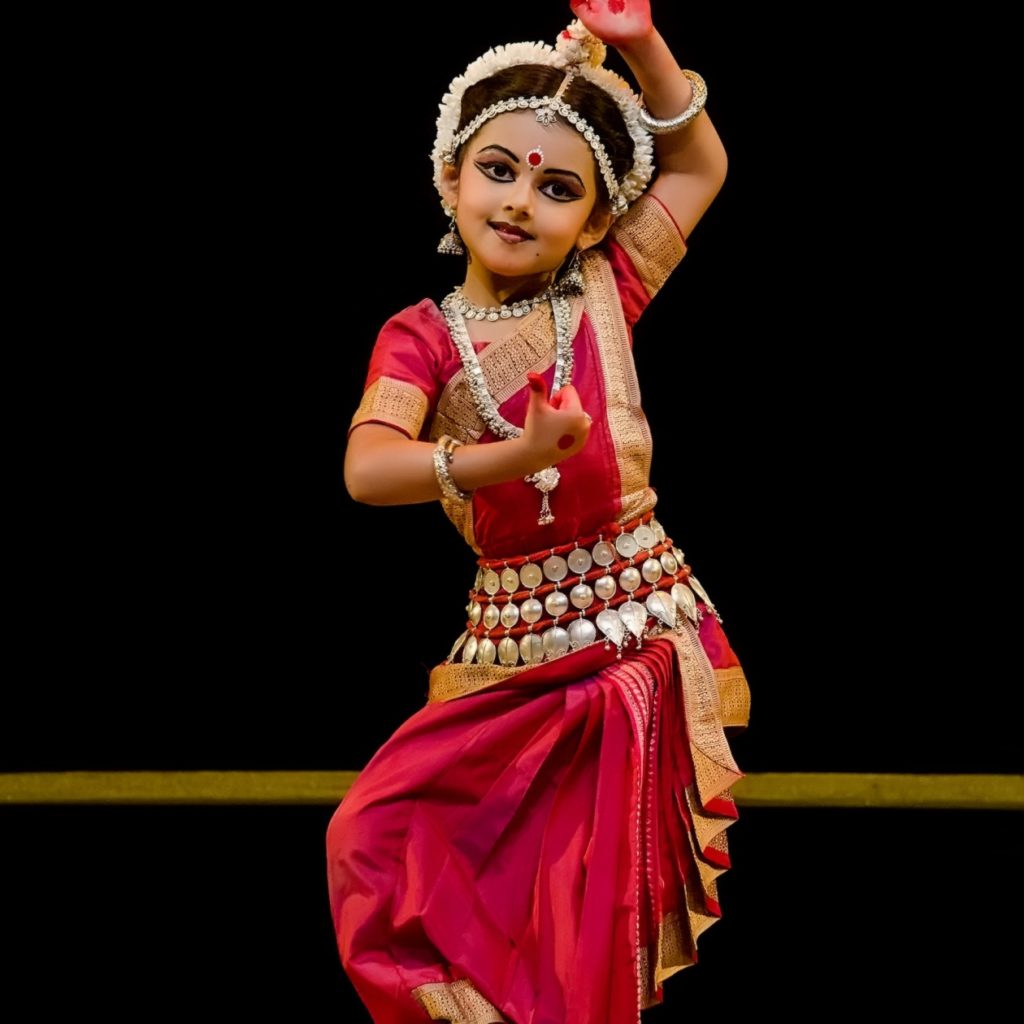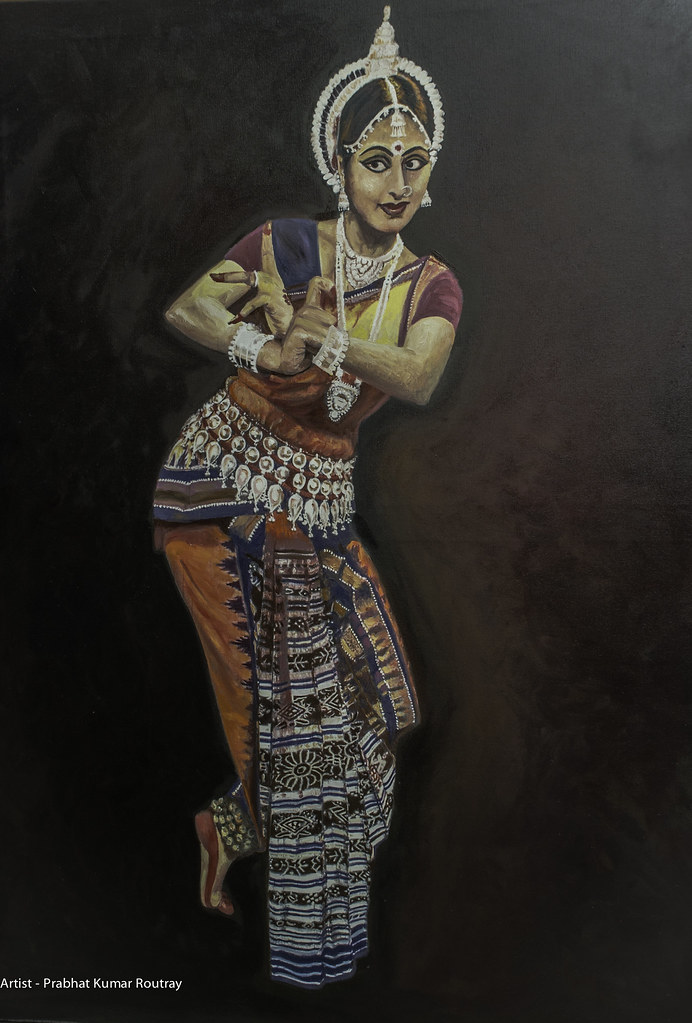By Aditi Jain

A land of immense diversity, the Bharatavarsha, has attracted people from across the globe to explore and witness the rich cultural traditions of the subcontinent. The diversity is counted largely in terms of languages, religion, food, dressing patters etc. Amidst this, an integral part of the cultural facet is the Indian Classical Dance, which is not paid enough attention to, in both the academic and the public sphere. With globalization and exposure to the western art forms, there is a healthy amalgamation of the Indian and Western dance and music which is leading to more opportunities and avenues of growth of the Indian Classical Dance which had seen a significant decline for a certain period of time.

The Indian Classical Dance comprises of many different forms from varied regions across India. The most commonly known forms include Kathak from Uttar Pradesh, Kathakali from Kerala, Mohniattam from Kerala, Bharatanatyam from Tamil Nadu, Odissi from Odisha and Manipuri from Manipur. Besides the classical dance forms, the plethora of folk dances across the different states and district add distinguishing colors to the much revered traditions. The significance of folk dances lay in their free style and close connection to the place of origin in terms of the music used for the dance performances and the movements that adorn and grace the dance form. A lot of art forms are unfortunately diminishing with time on account of disappearance and absorption of communities into the majoritarian fold.
The classical dance forms have an interesting history. They represent the performative aspect of the cultural tradition which has its roots in the devadasi parampara which literally means ‘service to the God’. It is known by various names such as Devangika in Sanskrit, Nachuni and Mahari in Oriya and so on. This system meant performing dance in front of the temple deities both for the entertainment of the God and the audience. The performers generally included maiden girls, which perhaps became a reason for the negative ideas that eventually became attached to the phrase devadasi in the colonial times so much so that they were labeled as prostitutes. The Odissi dance form that originated in Odisha is an improvised and a more formalized form of the Mahari dance. The land of Odisha was known for its indulgence in art of dance and music. The Hathigumpha inscription of King Kharavel reveals him to be a proficient performer who entertained people in the capital around his third regal year. Through his royal patronage, he provided a great incentive for the development of this art. The devadasis who performed in the temples were well versed with the important Sanskrit prose and poetry. Over time, their knowledge in the compositions became profound enough to engage into debate and discussions with the Brahmins. In the case of Odissi, the most important deity was Lord Jagannatha whose significance is not unknown to the present audience. The temple of Jagannatha at Puri was built by Raja Ananta Varma during the 12th century AD and was completed by his grandson Ananga Bhima Dev. It stands among the most sacred pilgrimage spots of India and is counted as one among the char dhamas (divine abodes established by Adi Shankaracharya). Lord Jagannatha as Manoranjan Pradhan succinctly puts in the fountainhead of their cultural, intellectual and emotional sustenance. It would therefore come as no surprise that most of the compositions in Odissi revolve around the Lord Krishna and his Gopis. My own first encounter with Odissi began with paying homage to the statue of Lord Jagannatha adorned with yellow clothes. As we entered our first Odissi class, we were asked to bow down before the Lord and that then became a daily ritual followed by touching the feet of the guru and thereafter performing the bhoomi pranam. All of this became a part of our regular routine which we had imbibed but perhaps questioned into their meanings and significance only later in time.

The connection between Lord Jagannatha and Odissi goes back to the early medieval period when we formally have evidence regarding the performances in the temple. Jayadev’s Gita Govind composed in Puri became the main source of all vocals behind the dance which was later termed as the Udramagadhi style of music (others being Avanti, Panchal, Hindustani and Carnatic). However, the term Udramagadhi is also found in Bharat Muni’s Natyashahstra. Pradhan argues that by the 11th century AD, folk music of Odisha existing in the form of Triswari, Chatuhswari and Panchaswari was modified into the classical style. Engraving of dancing figurines in 7th and 13th century AD temples bring to light the association of Odissi to the temples. This would not be an exclusive phenomena however because the development of the temple architecture in the South Indian temples with increasing size of the mandapa clearly indicates an extension of the public sphere within the temple premises where cultural performances have been the focal point. However even a linear history of the evolution and development of these art forms is yet to be composed.
After the devadasi system was succumbing to the external pressures, Odissi continued to flourish when the young boys, the gotipuas, were trained in the dance form and that is how the most renowned Odissi dancer, Kelucharan Mohapatra was initiated into Odissi. What we see therefore is a coexistence of traditions both inside and outside the temple premises which eventually shaped and gave rise to the present form of Odissi.
Today Odissi comprises of five main components namely: – Manglacharana, Battu, Pallavi, Abhinaya and Moksha. Manglacharana is the first item of the traditional Odissi repertoire which is devoted to lord Jagannatha. It focuses on paying homage to the God, the Guru and the audience. The second form that’s Battu is in honor of Battuka Bhairava, a form of lord Shiva. The third form Pallavi which means elaboration of the feet is composed on a song in a specific Raga. This has rhythmic composition which gradually increases in tempo. Abhinaya is generally performed in Oriya or Sanskrit compositions and depicts leelas of Krishna. The last that is Moksha means salvation. The dancer enters and presents a series of Bols which are articulated on the percussion instrument. The dancer comes to a stop and a Sanskrit shloka is recited for peace and intense emotions. In this way Odissi is a depiction of journey through life starting from Manglacharana as the birth to Moksha which is salvation. The experience of watching Odissi is transforming and liberating in itself. No wonder the dance and the training is a surreal experience albeit not without undergoing a process of immense discipline and hard work.


Wow, this was so insightful.
Born and brought up in India, I was so unaware about such a deep story behind a dance form which is almost disappearing with the Western influence.
Kudos to you Aditi, the article is beautifully written and very informative, looking forward to more such knowledge sharing posts from you.
Highly informative!
Very informative and gives minute detail.
Congrtulation to the author for giving in depth information.
Great🙏